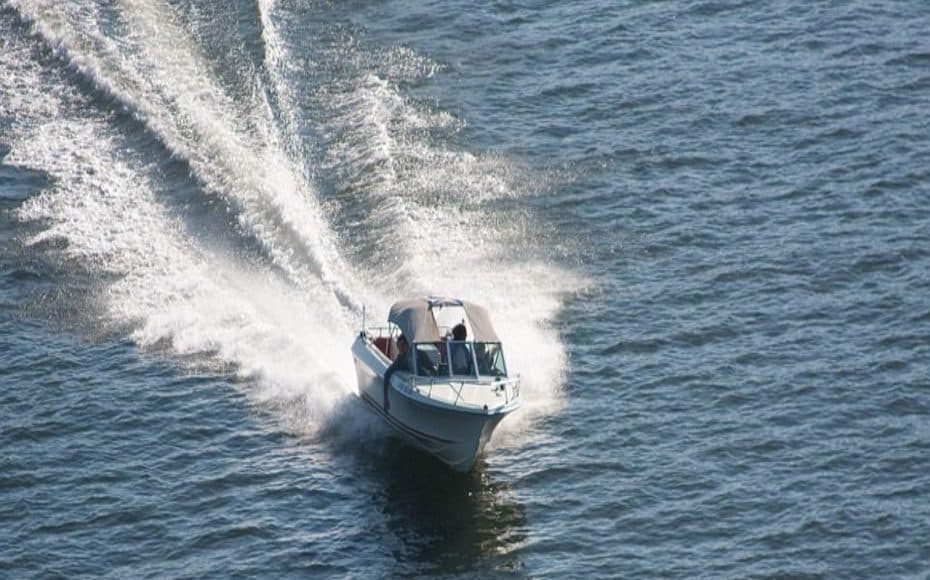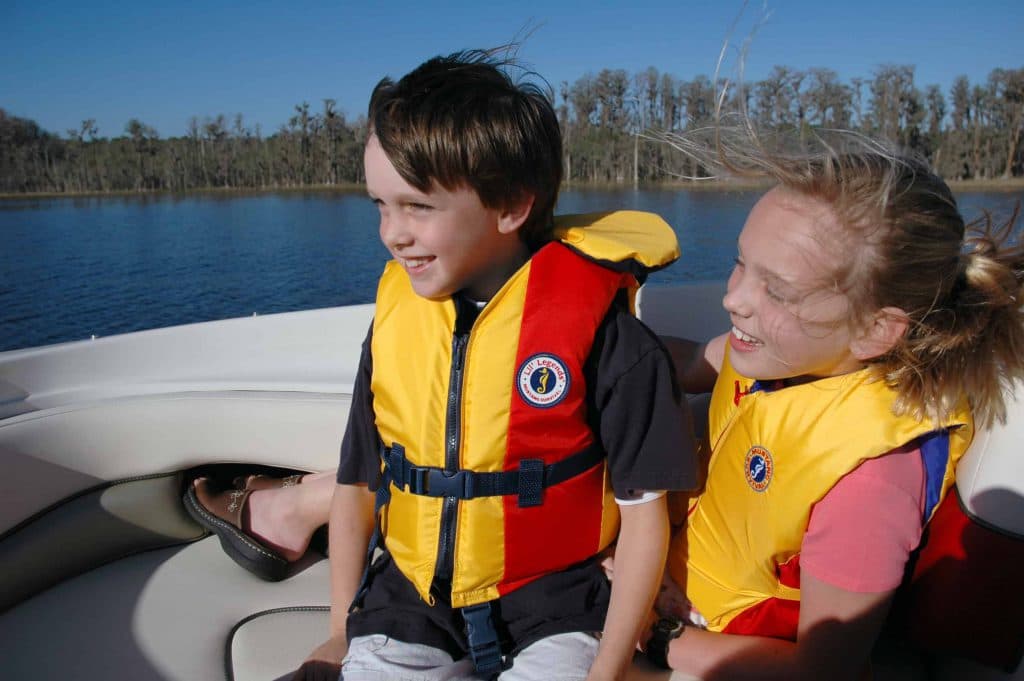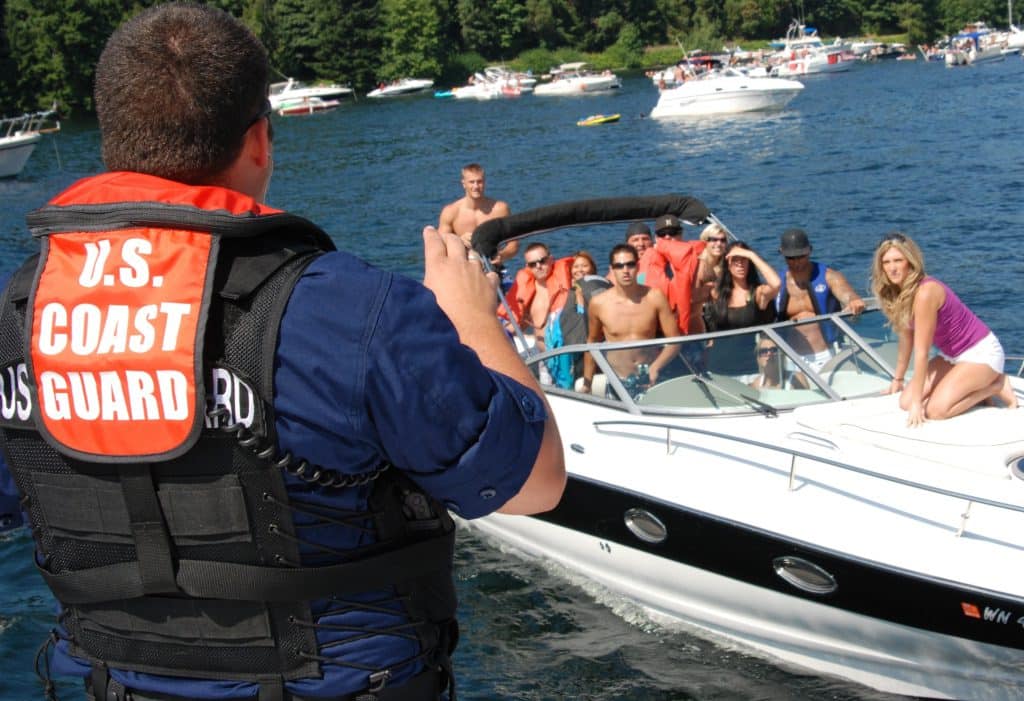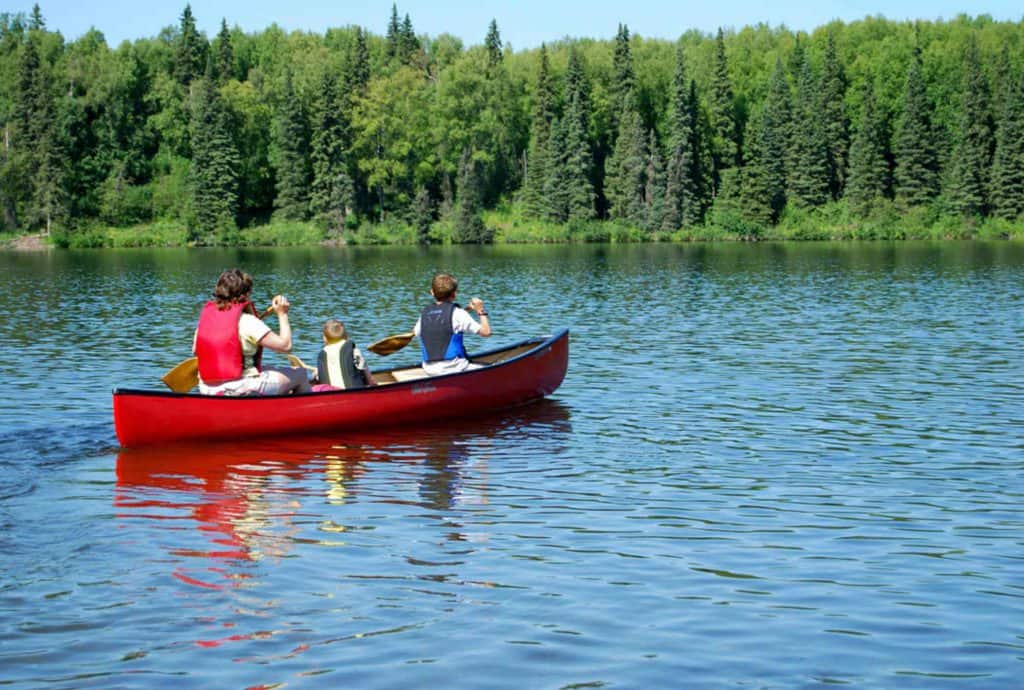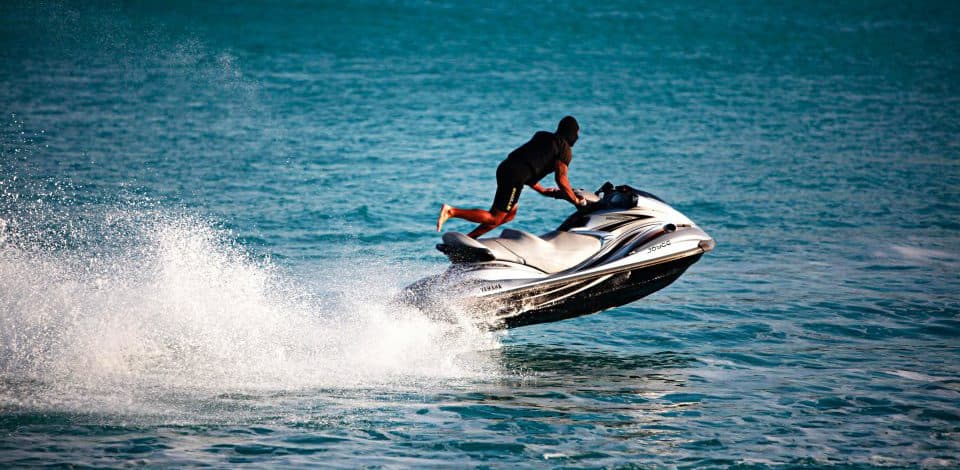GET YOUR FREE CONSULTATION
Law Enforcement Works to Reduce Boating Accidents in California
Read the blog from Frank Penney Injury Lawyers in Roseville, CA below.
Heading toward the hot days of August in the Sacramento area, the 700 miles of waterways and shoreline have swelled with beachgoers and boaters. Also experiencing an increase is the likelihood of drunk boating. For public safety, the area’s Sheriff departments and first responders have joined efforts to get medical care and transportation to boating accident victims quickly, and those efforts resulted in no reported drownings last year.
There are several overlapping jurisdictions throughout the delta channels, but in the busy downtown area, both Sacramento and the Yolo County Sheriff departments typically patrol in aluminum outboard boats, while this year, the Sacramento Fire Department launched two new WaveRunners.
Along the shore, The American River Park Foundation has provided 2,000 free life jackets since 2003. The program, “Kids Don’t Float”, offers the preservers at unattended billboard stations, but which are collected at night then set out again in the morning. The program especially helps families that may be visiting and unaware of a local ordinance that children 13 or younger cannot enter the waters anywhere in the river system without a life preserver.
This year, due to colder temperatures and overall higher and faster-moving water than typical, the Sacramento Fire Department is officially recommending that people not swim in the water.
Depending on the reporting location, the daily temperatures of the melt runoff this year have been at least 5 degrees colder, to as much as 10 degrees. The fire department points out that the body gets a significant shock entering degrees of 55 to 60, from the 80 to 100-degree air temperature.
On this year’s July 4th weekend, local law enforcement joined a national campaign, Operation Dry Water, with the goal of “increased BUI enforcement” (boating under the influence). A BUI violation has fines and penalties just as significant as driving a car under the influence in California, including jail terms for a first offense, and suspension of one’s driver’s license. Alcohol isn’t banned on the water though, and passengers are free to drink, but a skipper’s sobriety is gauged at the same .08% as when driving a car.
Each state is a little different though, and some details of California’s statute may vary from other states, including that a person can be found guilty of drunk boating or BUI with a BAC (blood alcohol content) of .05 “with other evidence in determining whether a person was operating under the influence.” Also, adhering to state drinking laws, it is illegal for drivers 21 and younger to have any BAC.
Law enforcement
When boating, it is not unusual to be “pulled over” by any one of diverse law enforcement units, including game and wildlife wardens in some areas. Sometimes there is a specific infraction noticed by the officers, but just as often they are performing safety checks and verifying that children are wearing life vests. Although the experience can seem as potentially troubling as being stopped by police in a car, most interactions with law enforcement on the water are friendly and safety-related. And when officers do find something amiss, tickets issued are far more often a fix-it ticket (free of fines) over missing or broken safety equipment than legal infractions.
California State provides a list of safety requirements to operate boats of different sizes and passenger space. But for most “runabout” boaters, there is a standard list that officers are looking for that many still get tripped up by, resulting in fix-it tickets.
The first requirement, that applies to all vessels of any size, is that there is a “readably available” life vest for everyone. And while that old gag of a ship’s life-ring being thrown overboard seems archaic, a “throwable Type IV flotation device” is required on every boat also. These are now usually in the form of a square seat cushion with handles.
Every boat also needs a signaling device, a whistle, horn, or bell, as well as an appropriate fire extinguisher on motor-driven boats. As boats get more complex–from canoes to yachts, the safety list gets more extensive also, and it’s up to the boat owner to know the requirements for their craft and maintain the equipment.
HOW WE GOT HERE
Recreational boating in the United States is enormously popular, with staggering numbers of various crafts plying the waters, everything from canoes to McMansions on the water. Boating recreationally was traditionally for the affluent, as recreational boats–beyond small fishing boats, were expensive and financially out of reach for most middle-class Americans. But like many U.S. industries, boating boomed in the post-war years. The GI Bill, rising middle class, the baby boom, and growing suburbs all played a role in the burgeoning marine industry.
Historically, the only requirement to operate a pleasure boat (with no paying passengers) was that the operator is 16 years of age and not intoxicated. This allowed a great many untrained teenagers to operate ever larger, more powerful boats, but it was always seen as normal–part of the experience, and there was little incentive to change existing laws. But statistics point to a majority of boating accidents being caused by teen drivers as young as 11 years old, and states have responded to increasingly require completion of a boating safety course.
In 2014, California signed a law to require completion of a safety course for operators 20 years or younger, that goes into effect January 2018. And then by 2025, the requirement will apply to all persons operating a watercraft, which will essentially be a “boat driver’s license.” Only five states are left that don’t require any certifications at all to operate a boat: Alaska, Arizona, South Dakota, and Wyoming.
On California’s sometimes crowded waterways, the dangers of unskilled operators are often what dominates reported boating accident tragedies. In Shasta County, the Sheriff’s Department reported an unidentified teen was driving a boat on the July 4th weekend, towing a 12-year-old boy on a tube on Lake Shasta. In an attempt to playfully sling the rider off the tube, the driver was making increasingly sharper turns until unexpectedly stalled by another boat’s wake, which left the boy on the tube in the path of an oncoming boat, which unknowingly ran over him.
And an 18-year-old Elk Grove teen, Emily Uyeno, died in May driving a “Jet Ski.” She collided with a friend, a 21-year-old man, driving a similar craft. He was unhurt in the accident and waved for help to a nearby Amador County officer, who found the teen unresponsive in the water.
Jet Ski
“Jet Ski” has always been the catchall term for what the industry prefers to call “personal watercraft,” (PWC) that includes the ride-on-top version most are familiar with, introduced by Seadoo. The original Kawasaki Jet Ski design–in which the rider begins on their knees then stands up, didn’t take hold as well, and today, if there is a rental center at a marina, they generally only have Seadoos.
And the crafts are powerful. They seem like safe fun on the surface, as there’s no propeller, anything sharp or dangerous like an outboard motor–or importantly, a rudder. The physics of jet propulsion is basically akin to controlling a loose fire hose. The actual mechanics of the water intake & propulsion is all internal and protected by a screen, so it would be difficult to hurt oneself on and around the craft while it idled in the water. But they can reach speeds of 60 mph, and have unique handling characteristics that frequently trip up boating novices.
As the overall popularity of the PWC has grown, so have the accidents. In nearby Lake Berryessa, jet skis were involved in 59% of accidents.
The personal watercraft is a much different handling vehicle than typical boats. It’s light and nimble and can turn so sharply than people essentially–and often, throw themselves off. Novice riders–especially those renting an unfamiliar craft, find it intuitive to pull the acceleration lever but are surprised by how long it can take to completely stop.
Also, as the craft is slowing, there is no steering ability. With no rudder, a majority of accidents are caused by drivers running up close to other boats or friends on the water, expecting to steer while slowing down. But PWC’s are only responsive when under power when a jet-stream of water is providing directional steerage, and many a rider has plowed straight ahead into something while they frantically tried to turn the “wheel.”
Most recreational rentals of boats and PWC only require the bare minimum of introduction to the craft, which makes it an easy and affordable way to be introduced to boating, but the practice also allows many inexperienced operators onto public waterways.
While drunk boating was involved in 35% of incidents reported in a 2016 California State Parks report–with collisions the prevalent accident, inattention and inexperience were cited as the top causes.
If you or someone you know has been hurt due to a drunk boating accident, it is important to consult a boating accident lawyer to handle the claim. Call personal injury attorney Frank Penney for a free consultation today.
No Fee Guarantee!
Our legal team understands that life can be very stressful after an accident of any type. The financial costs of your accident can add to that stress. When you are asking for help, this should make your life easier – not more difficult. That is why you do not have to worry about any upfront legal fees and expenses when you hire Frank Penney Injury Lawyers to handle your California personal injury case.
At Frank Penney Injury Lawyers, Frank Penney and his staff work on a contingency basis. This means you only have to pay a fee if you win your case. We will never charge a fee unless we obtain a settlement on your behalf. No win. No fee. Case closed.
This means there is no risk in asking Frank Penney Injury Lawyers for help. You get to benefit from Frank Penney’s years of experience, knowledge, and success without needing to stress about the cost. Call today to set up a free initial case assessment or to learn more.
When I first contacted the Law Offices of Frank D. Penney after my accident, I was frustrated with car insurance companies, and medical insurance companies; after all, I was in pain. He and his staff put me at ease instantly! It was such a relief to have someone working on MY BEHALF! They were able to settle my case for more than I initially thought it was worth. THANKS AGAIN!!!
- KRISTA H.
Read more
client testimonials.
Why Choose Us?
- If You Don’t Win, You Don’t Pay
- Free Case Evaluations
- Over 25 Years of Experience
- Compassionate and Caring
- Highly Rated Reviews
- Proven Track Record
- 24/7 Availability
- Quick Response Time
- And More
Our Recent Blog Posts
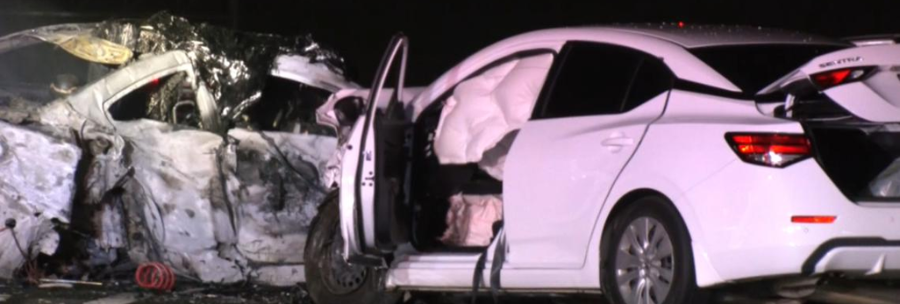
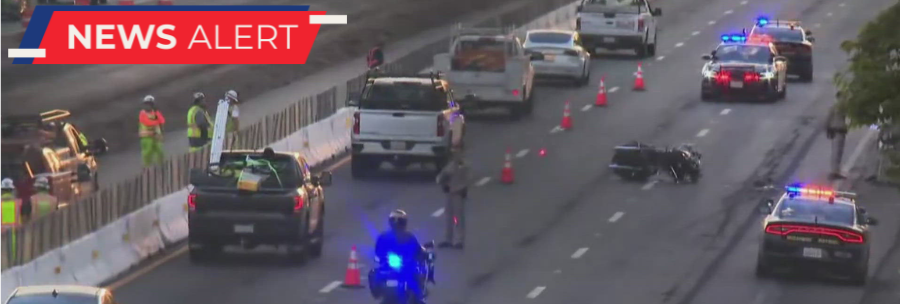

24/7 Availability – Reach Us by Phone, Email, Chat and More!
If you are involved in any type of personal injury due to the fault of someone else, our experienced team at Frank Penney Injury Lawyers in Roseville, CA can help. We are available to anyone in Northern California 24/7! Give us a call today to learn more at 888-888-0566. We will fight for your rights!
Contact Our Team Today
Frank Penney Injury Lawyers can be reached at the following locations:
No matter where you are in Northern California, or how you reach us, we will be there for you 24/7!
You Can Bank on Frank!

